Do you have a Raspberry Pi lying around that you don’t know what to do with? With so many projects out there to do, it can be overwhelming to choose one. That’s what I’m here for.
I’ve found seven projects you can try out this weekend, ranging from running a private cloud or blog to hosting a Minecraft server. Most of these projects can be up and running in a few hours, leaving you the rest of the weekend to enjoy your new Raspberry Pi project.
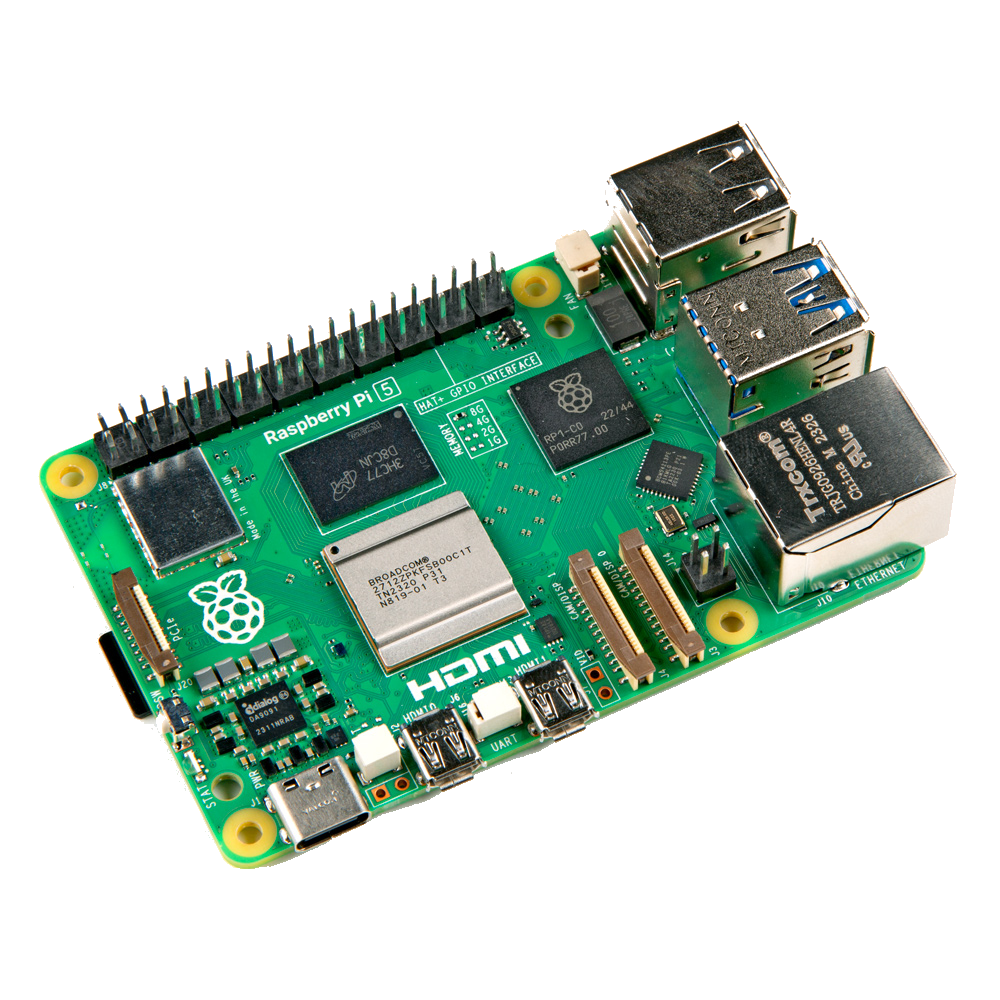
- Brand
-
Raspberry Pi
- Storage
-
8GB
It’s only recommended for tech-savvy users, but the Raspberry Pi 5 is a tinkerer’s dream. Cheap, highly customizable, and with great onboard specs, it’s a solid base for your next mini PC.
7
Create a Private Cloud With NextcloudPi
Nextcloud is a self-hosted private cloud that can be run on your own hardware. Its aim is to replace services like Google Drive or Dropbox, keeping your data and privacy in your control.
NextcloudPi is a Raspberry Pi OS image that’s pre-configured and ready to go out of the box. Simply deploy the image to your Pi, and your Nextcloud instance will be up and running in no time.
With NextcloudPi, you can choose to run Nextcloud 100% locally (with no outside access), or behind a reverse proxy so you can access your files outside your local network. This gives you the ability to keep things completely secure and even air-gapped from the internet, or use Nextcloud as a drop-in replacement for Google Drive or Dropbox.
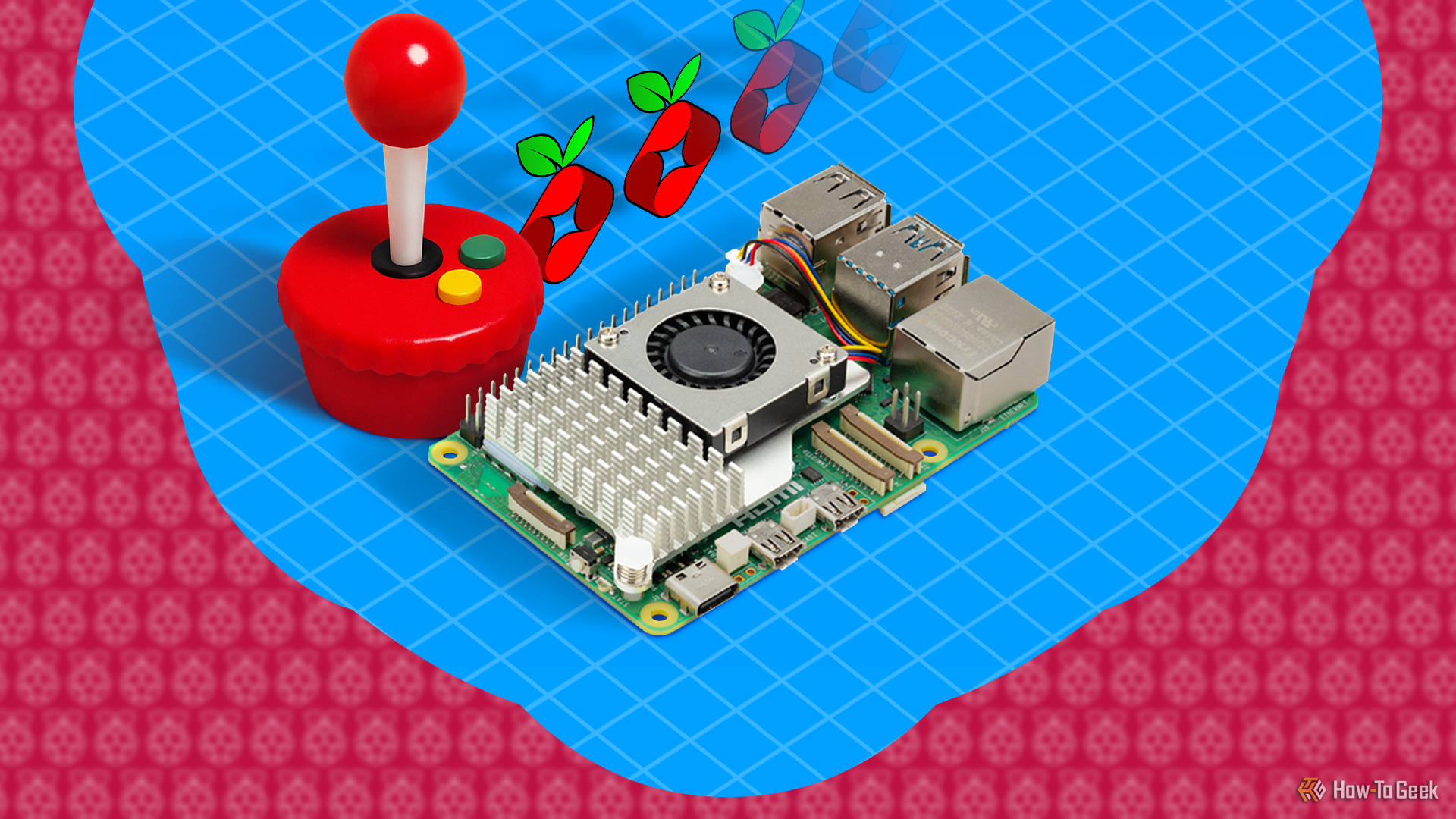
Related
7 Raspberry Pi Projects That You Can Do In 1 Hour
Fun projects can be fast too.
6
Host Your Own Blog or Portfolio with Ghost
I’ve written about Ghost several times, and that’s because I truly think it’s the best self-hosted blogging and website software around. Ghost is easy to use, has many themes to choose from, and lets you write in Markdown natively (without a clunky and slow editor like WordPress has).
Deploying Ghost is actually pretty easy with a Raspberry Pi, as Ghost can be spun up with a simple Docker Compose file. It also doesn’t need a ton of resources to run. I ran a Ghost blog on my aging Raspberry Pi 3B, and it worked great.
So, whether you’re looking to run a full-on blog, or just showcase a few of your favorite projects, Ghost on your Pi is definitely something to look at.

Related
How I Set Up a Website on My Raspberry Pi in One Weekend
All you need is a slice of Pi and a bit of time to get your website up and running.
5
Build a Local Weather Display with an e-Ink or LCD Screen
I’ve always wanted a little weather station on my desk, and a Raspberry Pi is actually a fantastic way to achieve something like this. While I’ve not done this project yet, I really want to do it at some point in the future.
Converting a Raspberry Pi into a local weather station is actually pretty straightforward. All you need is a Pi (even a Pi Zero will work), an e-Ink display or some other type of screen, and a little programming know-how.
There’s a handy GitHub repo for this project that you can use, but there are also many other ways to accomplish this task. Simply speaking, you just need a way to view the weather, which can even be accomplished by pulling up a weather website and programming a cron job to refresh the page every few minutes.

Related
6 Awesome Ways to Upcycle an Old Raspberry Pi
This Pi will never go bad.
4
Create a Retro Gaming Console with RetroPie
There’s something nostalgic about playing retro arcade games. My wife and I recently re-watched Wreck It Ralph, and I definitely felt some nostalgia for wanting to go back to an old-fashioned arcade.
With a Raspberry Pi, it’s entirely possible to build a retro gaming system in your own home. Because of the power that modern Pi models offer, you can run a full-on gaming station from the mini computer.
RetroPie is the best base for this. The operating system is easy to flash, then you just have to source the games yourself. You can keep your retro gaming system as simple as using a modern controller on a couch with the Pi plugged into your TV, or go as far as building an arcade cabinet with traditional arcade sticks.
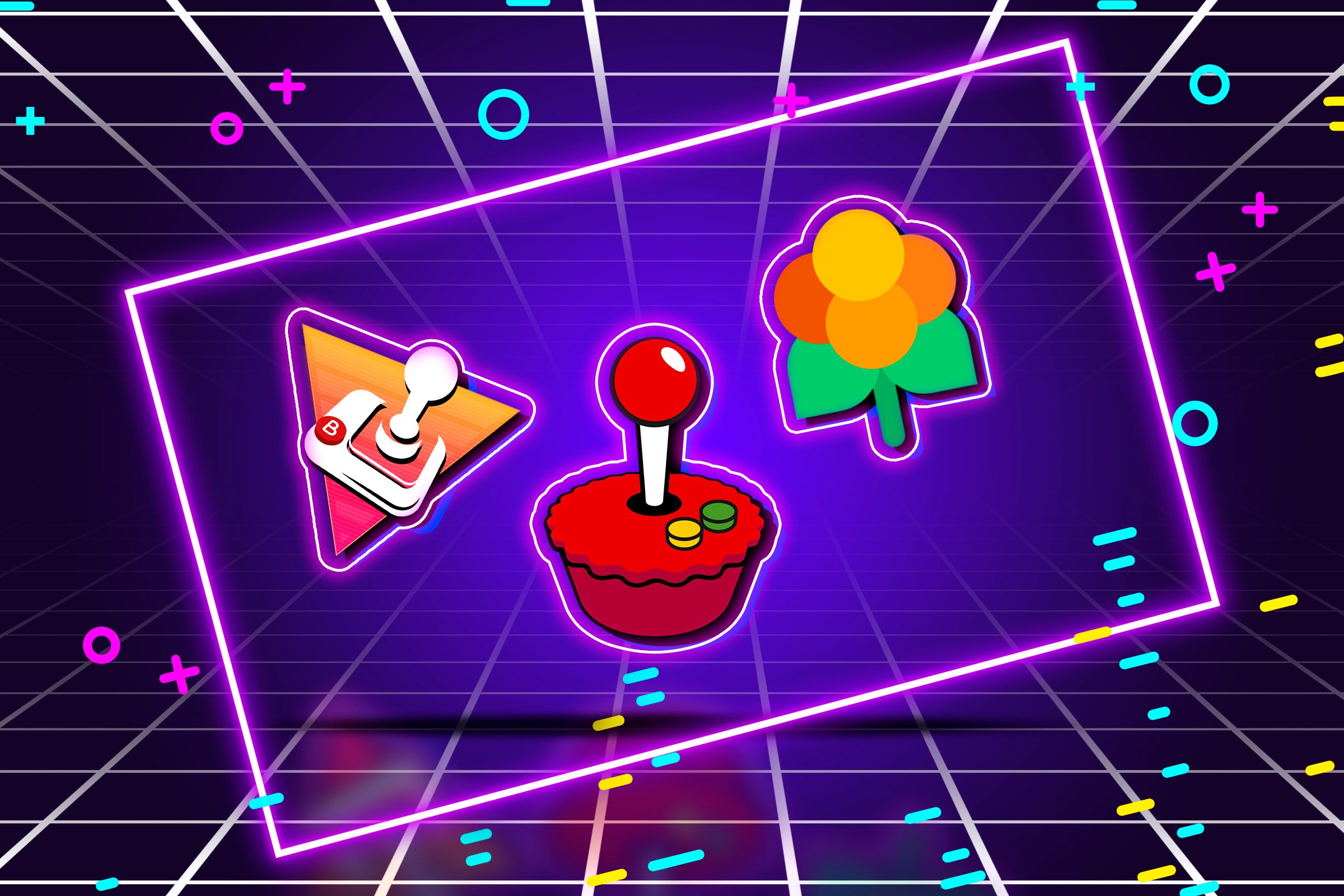
Related
Batocera vs. RetroPie vs. Lakka: Which Retro Gaming OS Should You Use?
We look at three of the most popular retro gaming OS options available and what makes them different.
3
Build a Smart Home Dashboard with Home Assistant
Home Assistant is honestly one of my favorite self-hosted pieces of software, and it runs great on a Raspberry Pi. If you’ve never used Home Assistant before, it’s a smart home controller that runs within your own network to issue local commands.
However, that’s not all Home Assistant is capable of. If you plug a touchscreen into your Raspberry Pi, then you can build a dedicated smart home dashboard that’s powered by Home Assistant. Simply design a custom dashboard within Home Assistant that has controls for the devices you want to display, then open that page on your Pi.
This also works if you use a Pi to run a lightweight operating system and remotely access it from an older device that won’t work natively with the Home Assistant website, like an aging iPad 2 that still has some life in it.
This will let you see various information about your smart home at a glance. It can be used for toggling switches, monitoring your energy pricing, seeing the temperature, triggering scenes, and much more.

Related
How I Put My Antiquated iPad to Use as a Home Assistant Dashboard
Your Raspberry Pi and iPad can work together to deliver a smarter smart home.
2
Use the Pi as a Dedicated Discord or TeamSpeak Bot
If you’ve ever tried to run a Discord bot, then you’ve likely run into paywalls for certain features. Did you know that you can actually host your own TeamSpeak or Discord bot and sidestep these paywalls?
Red is a fully-modular, completely self-hosted Discord bot that has quite a few features. It might not be directly comparable to something like Mee6, but it’s free and runs on your own hardware.
Like with all self-hosted services, though, do remember that this bot will only be functional when your Raspberry Pi is powered on and connected to the internet. If you turn it off for any reason, or your network goes down, then the bot will stop working.
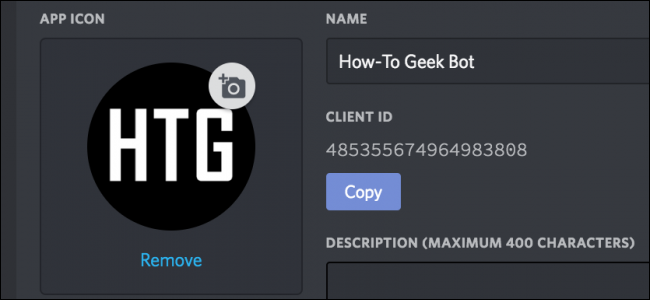
Related
How to Make Your Own Discord Bot
Discord has an excellent API for writing custom bots, and a very active bot community.
1
Run a Minecraft Server for Friends or Family
Minecraft is a game that just won’t die. Each generation seems to fall back in love with the brick-breaking game, and I think that’s absolutely awesome.
Minecraft servers are extremely useful for a number of reasons, but one of the main ones is playing with friends or family. A Raspberry Pi is the perfect playground to run a Minecraft server on, as it has a low power draw but provides enough power to easily run the server on.
With a Minecraft server, you, your friends, and your family can all log on to play in the same Minecraft world, even if the host player isn’t on at that time. The server runs 24/7 and is always accessible, meaning someone can jump on in the middle of the night to build while others get on midday to see what progress was made.

Related
Want to Run Your Own Minecraft Server? Here’s How to Get Started
Minecraft is better with friends.
Are you looking for something else to do with your Raspberry Pi? Here are seven more projects to do using your Pi, ranging from blocking content to building a fun Pi-powered smart mirror.


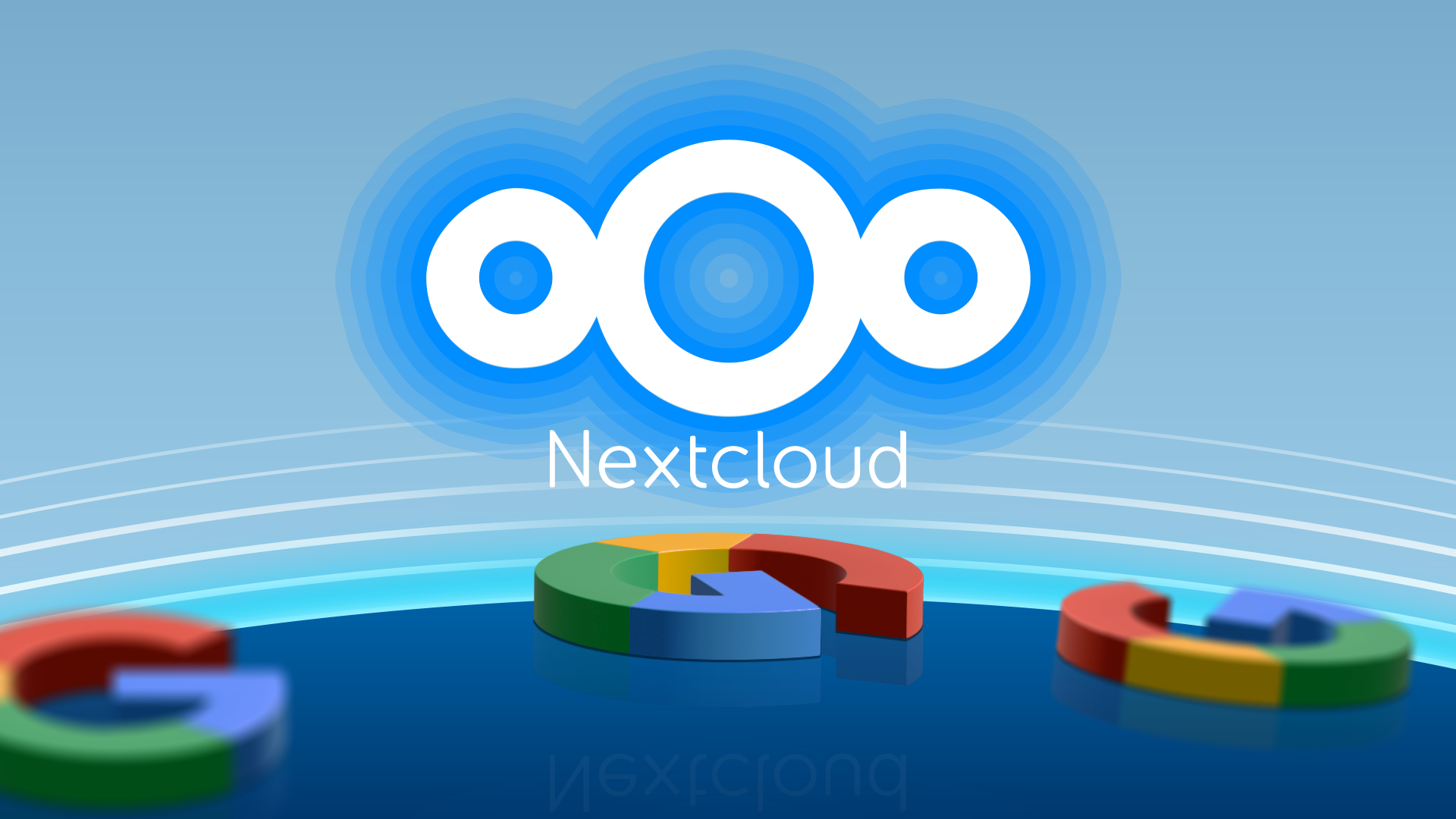
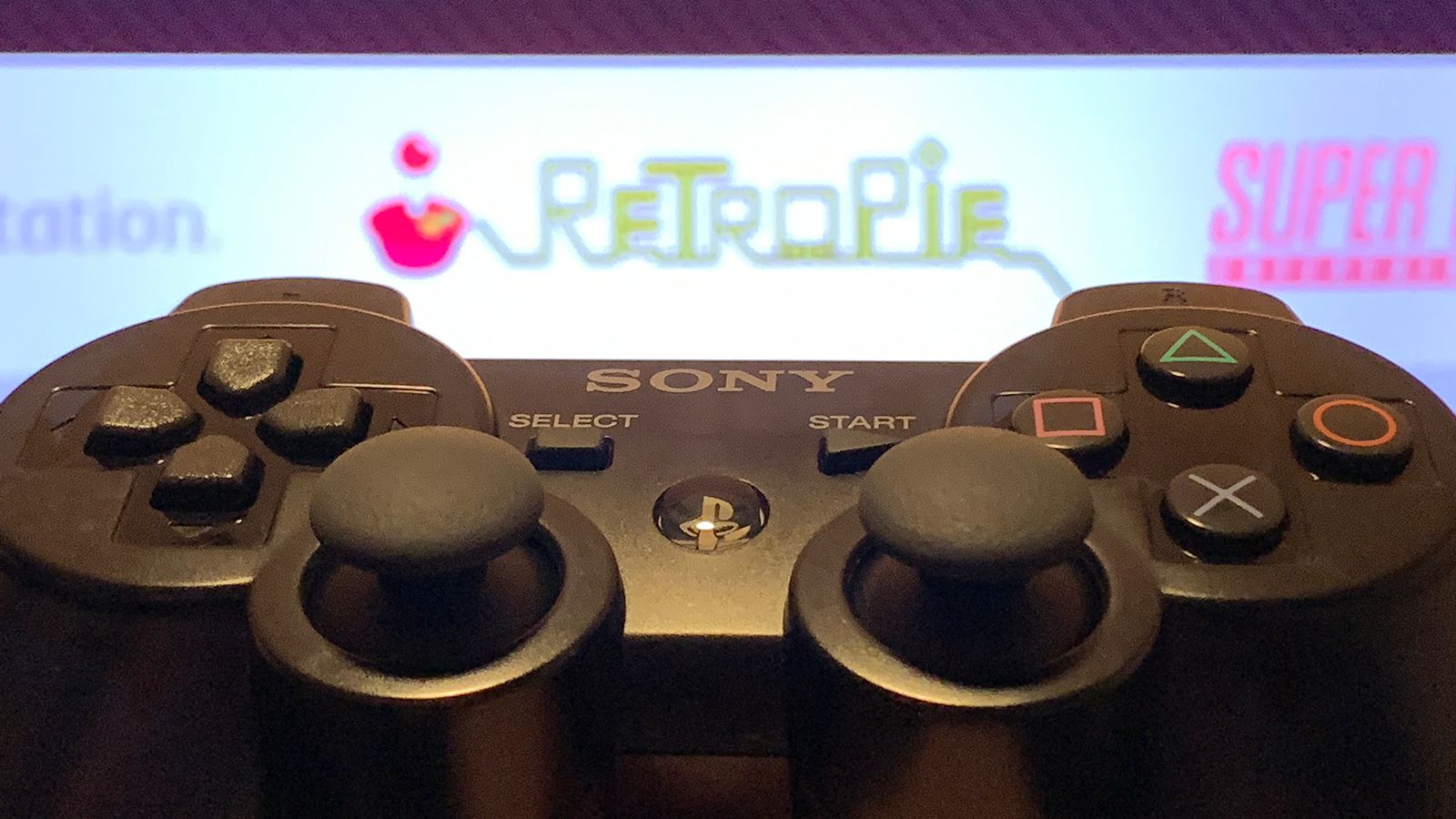

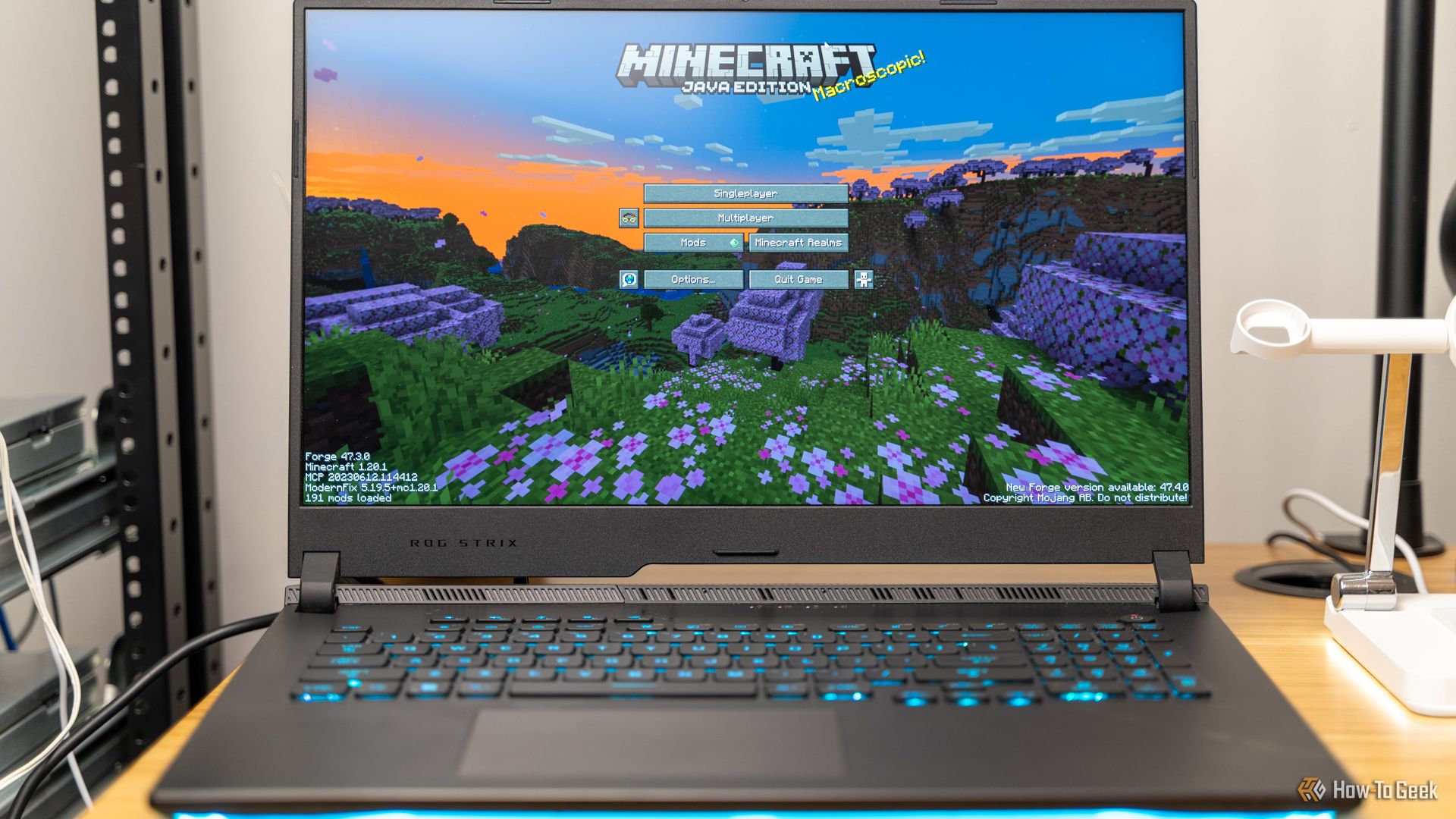

:max_bytes(150000):strip_icc()/copilot-create-powerpoint-presentation-ee8abade58fd4bcf890c6c12edb14f3c.png?w=1174&resize=1174,862&ssl=1)

:max_bytes(150000):strip_icc()/GettyImages-1187636710-f8473f63cc9e47b2ba5fddaef1ba2746.jpg?w=1174&resize=1174,862&ssl=1)

Leave a Comment
Your email address will not be published. Required fields are marked *